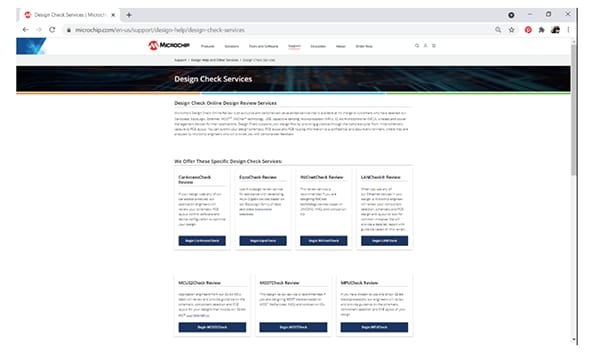Microchip’s Analog Tools Ecosystem Part 1: Creating Robust Analog Designs
This is a four-part series where we will dive into the analog design tools ecosystem. In this article, readers will explore how to create the best analog designs.
Microchip has developed a free Analog Tools Ecosystem that can be used to quickly develop robust, reliable, and cost-effective power management solutions. As seen in the figure below, there are three main phases to the analog design process. The first is circuit design and analysis. The focus for this phase of the design is to identify the key system requirements, find the best architecture and components, and analytically evaluate the design performance verses the key parameters identified. Using Microchip’s Analog Designer, the key parameters are entered into the search engine and suitable evaluation boards, custom design generators and reference designs are identified for comparison. Filters can then be used to narrow the search, which is followed by detailed design and analysis.

Once satisfied with the analytical design, the validation phase of the design process can begin. In the Microchip Analog Tools Ecosystem, the MPLAB® Mindi™ Analog Simulator is used to independently validate the design. The Mindi simulation results should match the circuit design analysis for all key parameters. It also enables the designer to check other situations and conditions not covered by the default schematics.
The third and final phase of the process, the physical design and bench test, begins once the simulations end. This step can be expedited using Microchip’s pre-developed and verified CAE/CAD models. Using the downloadable CAE/CAD models not only speeds up the physical design process but adds a level of robustness to the design. To finalize the design process all three analyses should match, the analytical design, the simulation and bench measured data. With all three matching there is a high degree of confidence the circuit behavior is well understood and ready for production. Microchip will also support your design with a schematic and layout review using Design Check Services support.

Follow the next parts of this series for more details about Microchip’s Analog Tools Ecosystem and how it can help you develop more robust analog designs faster.
Read the other articles in this series:
Part 2: Getting Started with MAD
Part 3: Validating the Design with Mindi
Part 4: PCB Symbols and Footprints
Connect with Terry Cleveland on LinkedIn.
Connect with Chris Twigg on LinkedIn.
